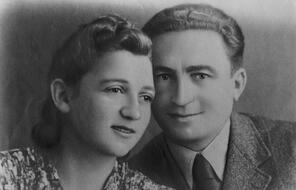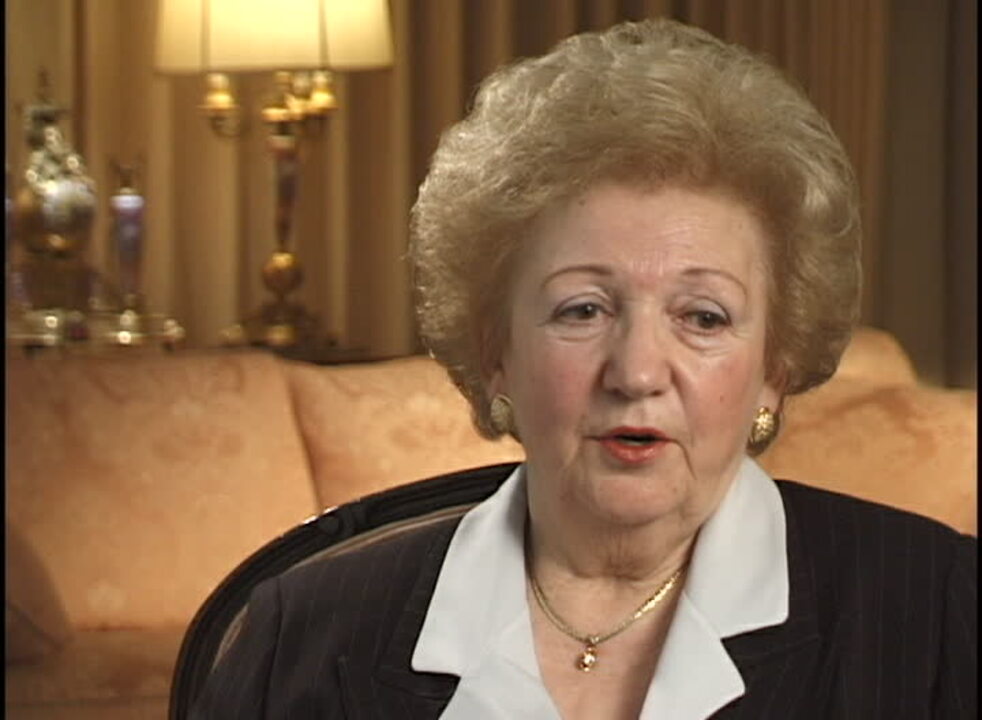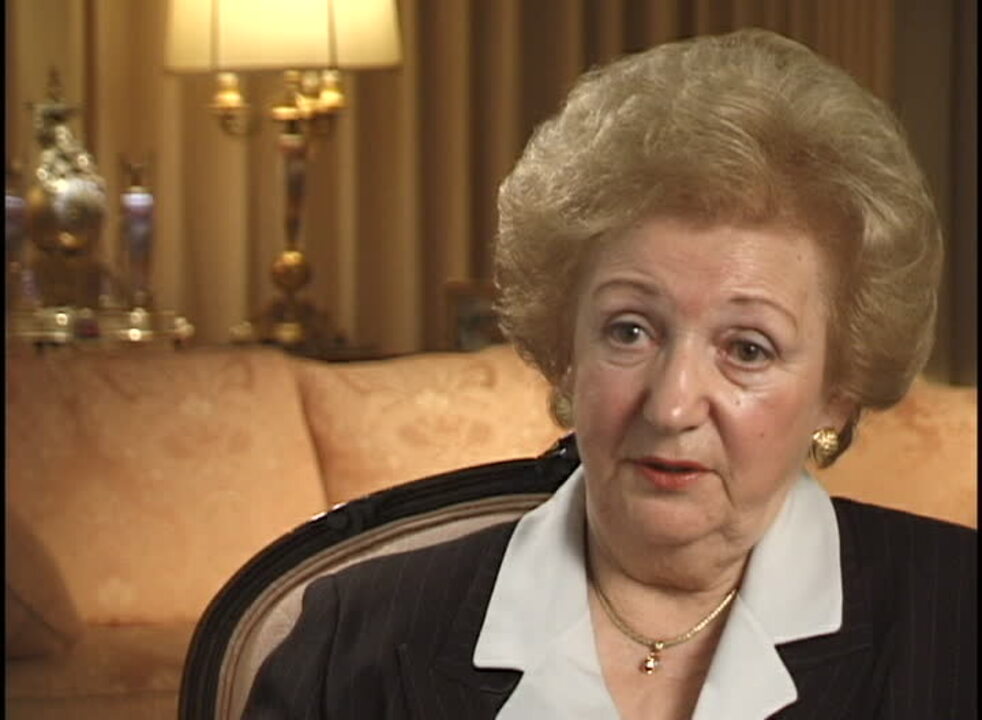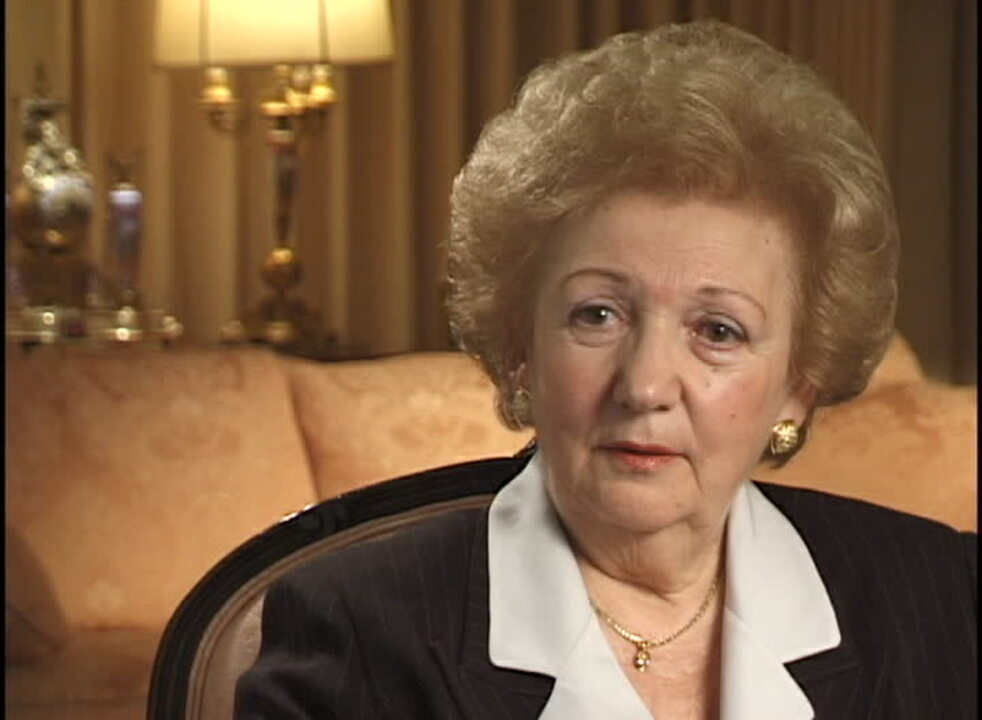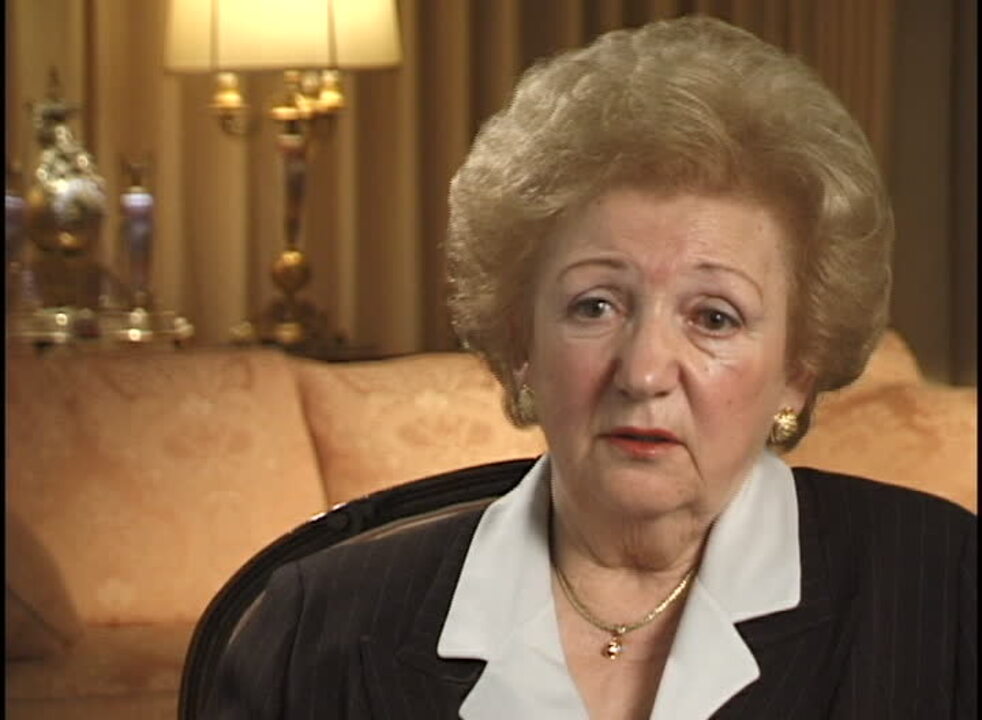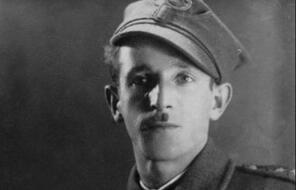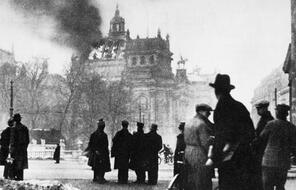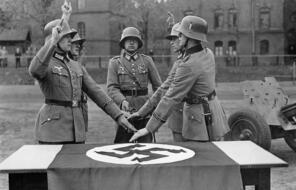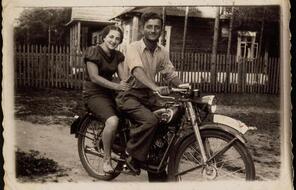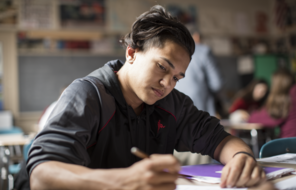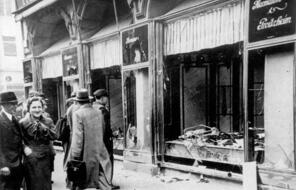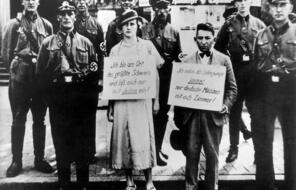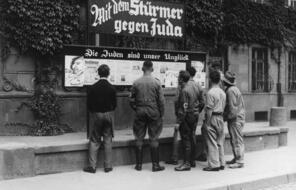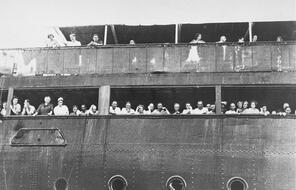
Sonia Orbuch: Becoming a Partisan
Duration
Two 50-min class periodsSubject
- History
- Social Studies
Grade
6–12Language
English — USPublished
Overview
About this Lesson
Sonia Orbuch was 14 years old when the Nazis invaded her town and 16 when she fled with her parents to the woods in an effort to avoid the atrocities the Jews were facing. She did not make the individual choice to flee, or to become a partisan. It was made for her because of her age and circumstances. However, as time went on, she did fully assume her role as a partisan in the resistance movement.
In this lesson, students will develop a deeper understanding of the complexities that young people faced during the German occupation of Poland by identifying the different roles that Sonia Orbuch adopted over a five-year period of her teenage years. Students will be asked to work in small groups to illustrate the expectations, obstacles, and risks that accompanied each role Sonia assumed. Participation in this activity will enable students to identify the complex roles teenagers took on in their struggle to survive.
Lesson Plans
Activities
Materials and Downloads
Unlimited Access to Learning. More Added Every Month.
Facing History & Ourselves is designed for educators who want to help students explore identity, think critically, grow emotionally, act ethically, and participate in civic life. It’s hard work, so we’ve developed some go-to professional learning opportunities to help you along the way.
Exploring ELA Text Selection with Julia Torres
On-Demand

Working for Justice, Equity and Civic Agency in Our Schools: A Conversation with Clint Smith
On-Demand

Centering Student Voices to Build Community and Agency
On-Demand


